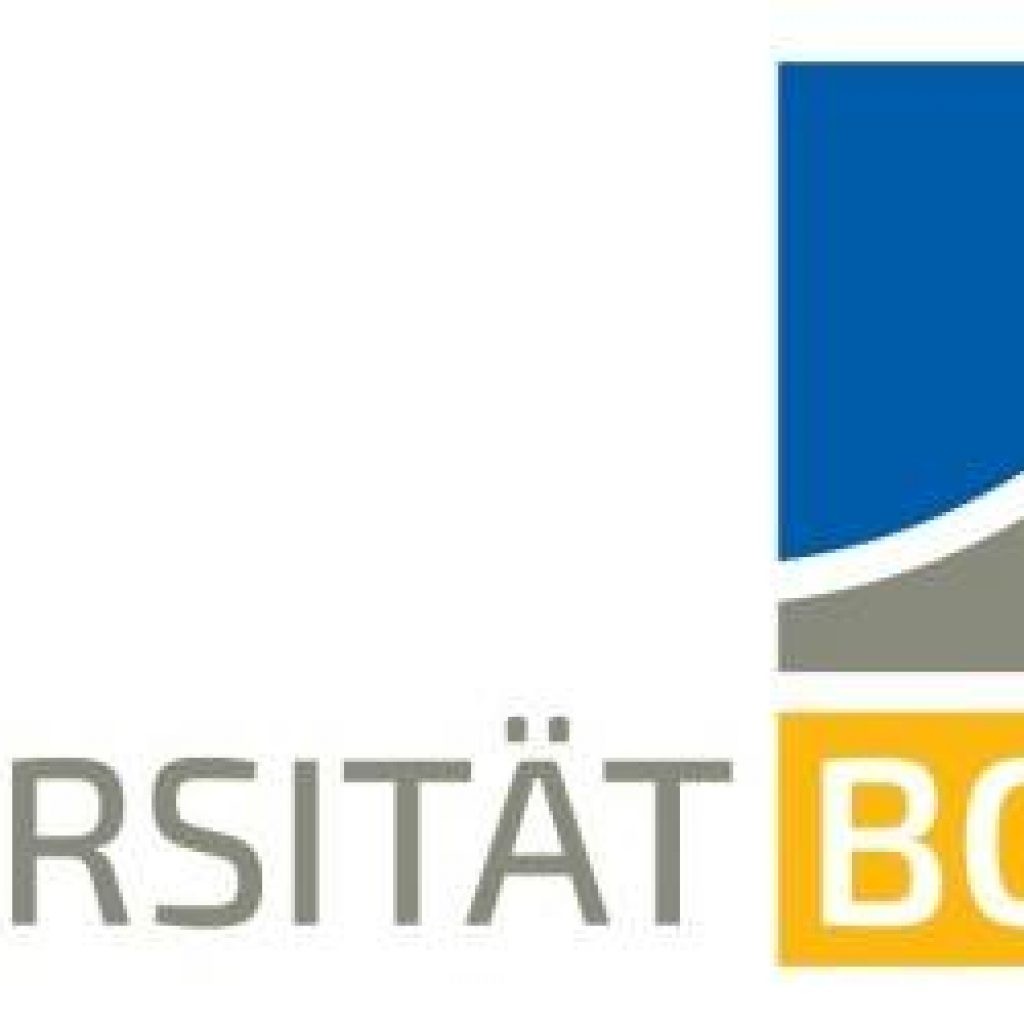(Photonics.com) Researchers from the University of Bonn demonstrated quantum entanglement between a stationary qubit and a photon with direct coupling to an optical fiber. The work represents a major step toward the realization of quantum networks and, from them, secure data transmission.
Quantum networks necessitate stationary qubits be entangled with the communication channel, typically consisting of photons. A quantum state cannot be copied and transmitted in a classical sense. Photons, though difficult to store, are typically favored for transmission in quantum communication applications, both those that are in practice and those that are theoretical, due to their speed.
“The implementation of efficient interfaces between photons and stationary qubits is therefore crucial for the rate of information transfer and the scalability of a quantum network,” said first author Pascal Kobel, a Ph.D. student in the experimental quantum physics research group at the University of Bonn.
“Our presented system is well suited as a node in quantum networks,” Köhl said.
The researchers intend to further develop their system by improving the stability of the light-matter interface and using the setup for the distribution of quantum keys. The study may hold relevance for distributed quantum computing or provably secure communication.
The team’s configuration used a Fabry-Pérot cavity — an optical resonator consisting of two opposing concave mirrors situated on the end facets of two optical fibers to which team members applied a reflective coating.
“
